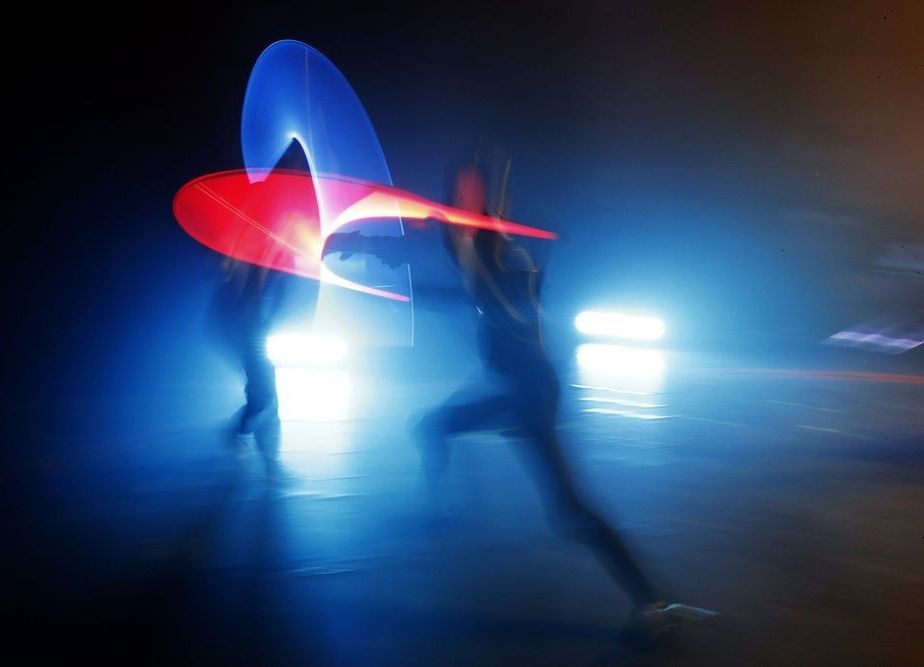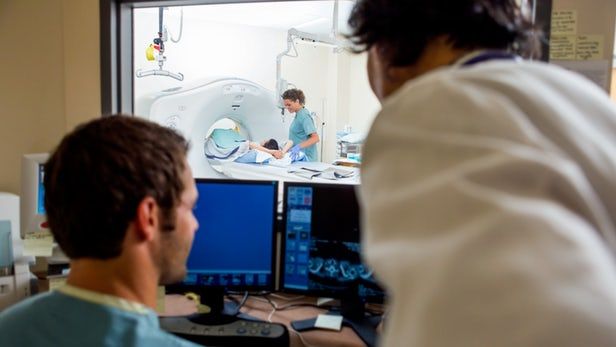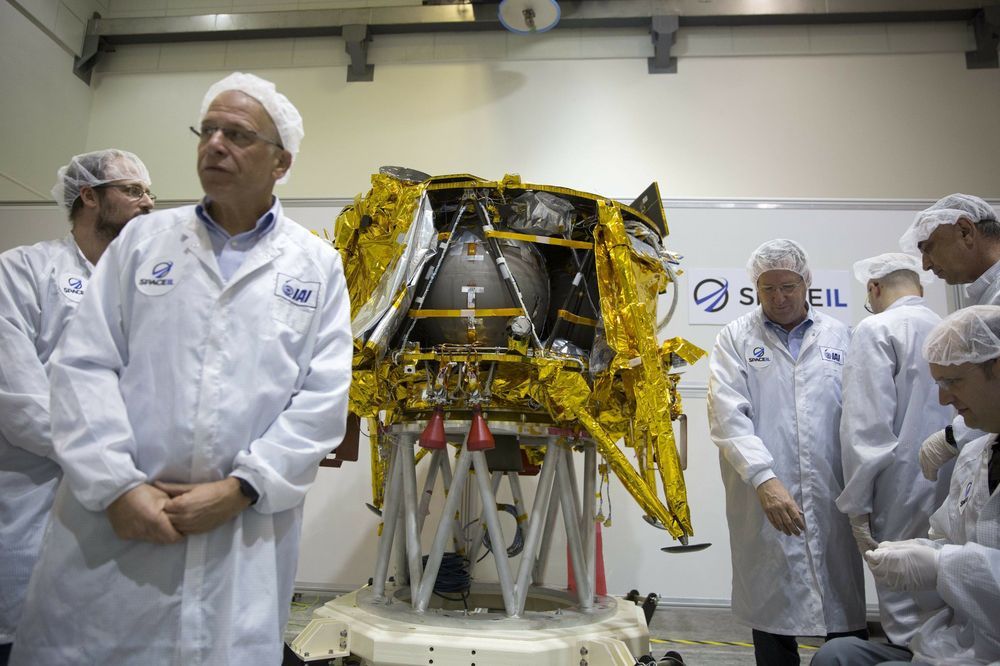With this new nanophotonic device, scientists might have just unlocked how to harness the data transfer potential of “twisted light”.
How Ferroelectricity Could Change the Way We Store Data- https://youtu.be/watch?v=IwT_ECJ1TEY
Angular-momentum nanometrology in an ultrathin plasmonic topological insulator film.
https://www.nature.com/articles/s41467-018-06952-1
“Complementary metal–oxide–semiconductor (CMOS) technology has provided a highly sensitive detection platform for high-resolution optical imaging, sensing and metrology. Although the detection of optical beams carrying angular momentum have been explored with nanophotonic methods, the metrology of optical angular momentum has been limited to bulk optics. We demonstrate angular-momentum nanometrology through the spatial displacement engineering of plasmonic angular momentum modes in a CMOS-compatible plasmonic topological insulator material.”
Twisted Light Could Dramatically Boost Data Rates.
https://spectrum.ieee.org/telecom/wireless/twisted-light-cou…data-rates
“Big deal, you say? It most certainly was. The concept of orbital angular momentum (OAM) has done nothing less than inspire a reimagining of what we’re capable of doing with electromagnetic radiation. Beams that carry OAM can be used to move tiny objects, and they have been used to enhance the resolving power of microscopes.”
What is the internet? 13 key questions answered.








